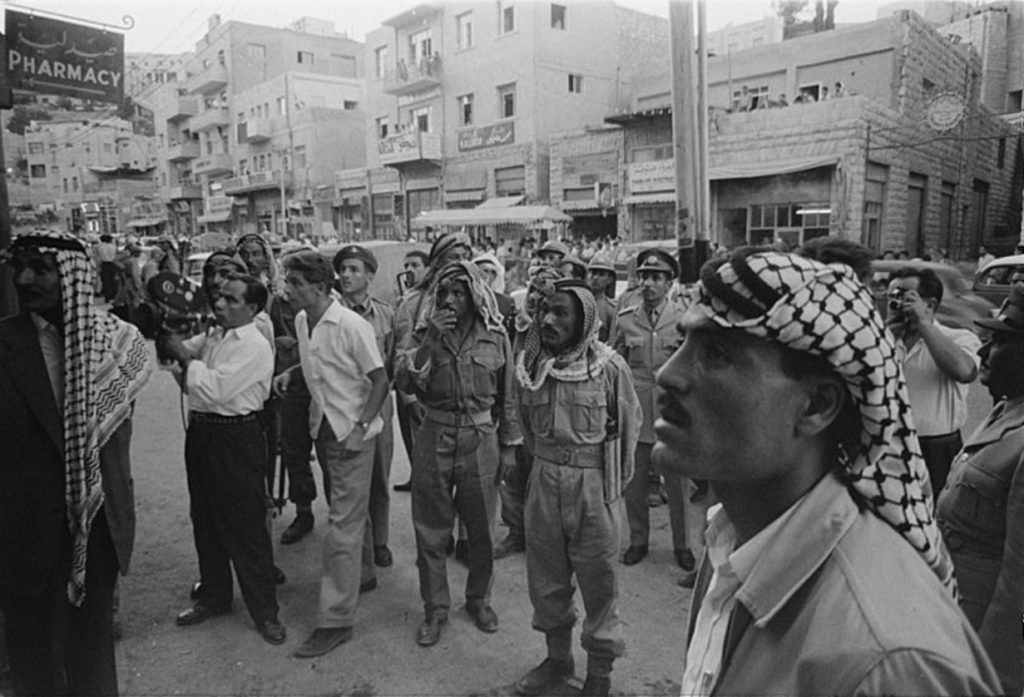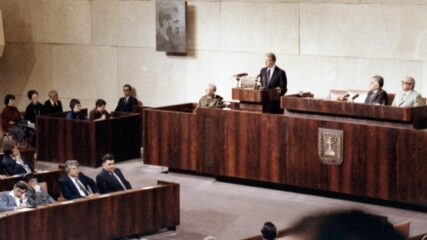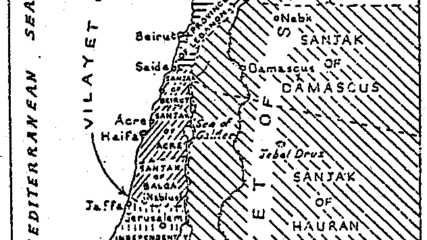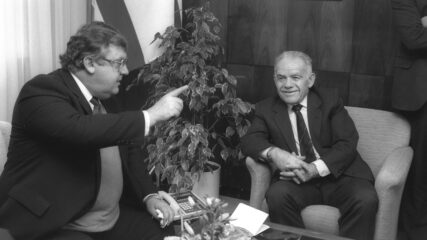July 14, 1958
Iraqi army officers stage a coup and overthrow and kill King Faisal. Also killed is Iraq’s crown prince, whose body is left hanging outside the Defense Ministry. Iraqis celebrate, but Western powers worry about oil interests and possible instability in the region, including Lebanon and Jordan.
King Hussein of Jordan, Faisal’s cousin, condemns the coup leaders as outsiders and declares himself the head of the Arab Federation, a 5-month-old alliance between Jordan and Iraq. The rebellion is said to have been inspired by the toppling of Egypt’s King Farouk in 1952 by the Free Officers Movement and the subsequent rise to power of pan-Arabist Gamal Abdel Nasser. Nasser brought Egypt into a political union with Syria known as the United Arab Republic in February 1958, and he signs a defense pact between the UAR and the new Iraqi government July 19. Israel faces the possibility of five nations that invaded it to crush its independence in 1948 — Egypt, Syria, Iraq, Jordan and Lebanon — unifying under the military leadership of Nasser with the Soviet Union’s support.
U.S. President Dwight Eisenhower calls for an emergency U.N. Security Council session in response to the coup, and U.S. officials worry that the regime change could break the Baghdad Pact, an anti-Soviet defense alliance formed in 1956 by Iran, Iraq, Turkey, Pakistan and the United Kingdom. Secretary of State John Foster Dulles committed U.S. support to the Baghdad Pact in January 1958. Iraq pulls out of the pact in 1959, but the alliance lasts until 1979 as the renamed Central Treaty Organization.
The Iraqi coup’s leader, Abdul Karim el Qasim, is himself overthrown in a Ba’athist coup in 1963.









